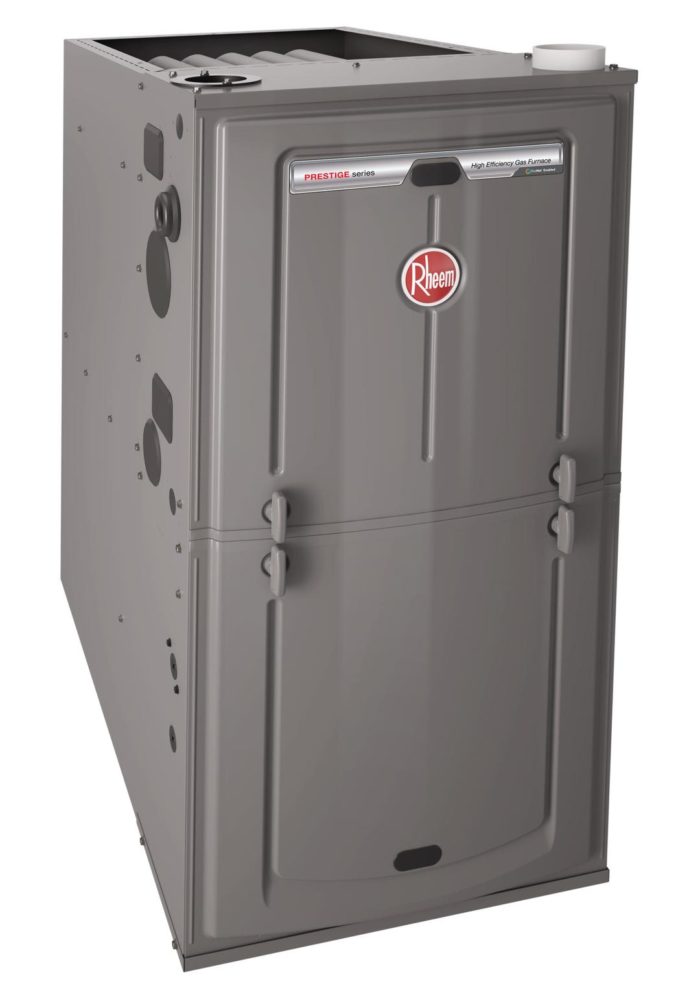
Image Credit: Rheem
The Department of Energy has proposed new standards for gas furnaces that would require a minimum annual fuel utilization efficiency (AFUE) of 92 percent, saving consumers billions of dollars in fuel bills over the next several decades.
The proposed rule covers “non-weatherized” furnaces (those intended for use indoors) and furnaces for mobile homes. Under the current schedule, it would take effect in 2021.
According to a blog by Andrew deLaski, the executive director of the Appliance Standards Awareness Project, the new efficiency standards would reduce gas and propane consumption in furnaces by about 13 percent when compared to basic furnaces on the market today.
The proposed rule, he wrote, would be “among the biggest natural-gas saving standards ever completed by the agency.” When the savings are racked up over a 30-year period, deLaski’s blog said, they would equal the gas and propane heating needs of New England for 17 years, and a net savings for consumers of between $4 billion and $19 billion.
The current minimum AFUE is 78 percent, but deLaski said by telephone that because it’s virtually impossible to find a furnace with that AFUE on the market today, the de facto standard is now 80 percent. Later this year, the legal standard will become 80 percent.
The DOE estimates a homeowner who replaces a furnace with an efficiency of 80 percent with one running at 95 percent would save $15.80 for every $100 in fuel costs.
Moving to a new technology
The proposal would spell the end of conventional gas furnaces, which are vented in masonry or metal chimneys, and move everyone to condensing furnaces. Condensing appliances, which already available with efficiencies of more than 95 percent, produce an extra measure of heat by condensing water vapor in flue gases.
Condensing units can be vented through plastic pipe, rather than a standard chimney, which makes them less expensive to install overall than a conventional furnace in new construction, deLaski said. When installed as a replacement, DOE has previously estimated, a condensing furnace would cost between $575 and $900 more than a standard furnace, with a simple payback of seven years.
The department will take public comment on the proposal and publish a final rule by March 2016. It would go into effect five years after that, but manufacturers and retailers could sell through old stock before shifting to more efficient models.
The proposal is part of a long rule-making process that pitted efficiency advocates, who wanted stiffer requirements, against manufacturers and the gas industry. A “consensus agreement” between advocates and manufacturers led to new DOE standards in 2011, but the American Public Gas Association filed suit to block them from going into effect. That, in turn, helped produce a settlement agreement last year that vacated the 2011 standards and required a new round of DOE ruling-making, deLaski wrote.
Before adopting the 92 percent rule this time around, DOE had considered a AFUE standard of 95 percent, he said, and even looked at a 98 percent efficiency standard. The minimum requirement could still change before DOE publishes the new rule next spring.
Boilers, which heat water instead of air, are covered under separate regulations. New efficiency standards for those appliances are expected soon.
Weekly Newsletter
Get building science and energy efficiency advice, plus special offers, in your inbox.





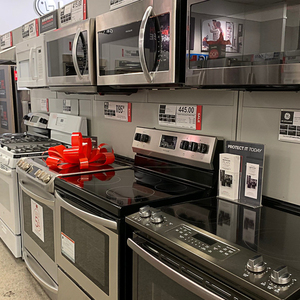
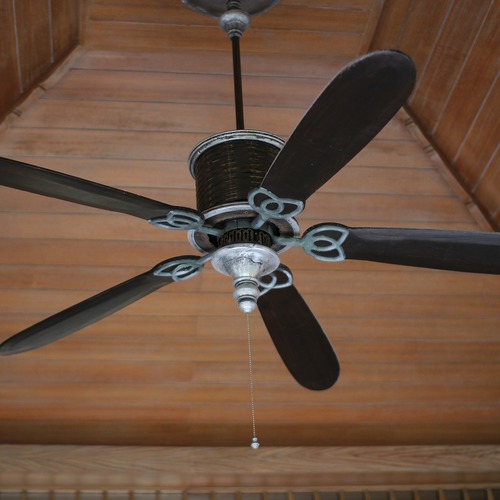
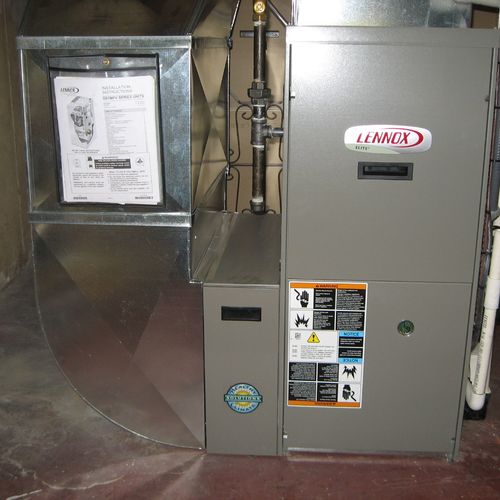
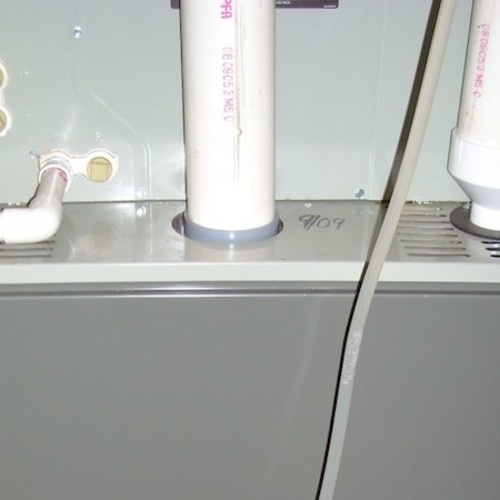






One Comment
Somethings To Consider About HE Furnaces
I work for a manufacture that builds and operates relocatable modular structures in Canada. Our experience with HE has been mixed. Because the furnace is about 92% efficient, there is a fair amount of condensate produce. The condesate is acidic due to the carbonic acid that is present (pH: 6.3 approx). If the condensate is to discharged to the exterior, it must be neutralized before doing so. If the building/furnace power is disconnected and the interior drops below 0°C (32°F), the condensate will freeze in the U-trap inside the furnaces and the furnace will not work until the ice is removed. Additionally, the moisture in the flue gas and condesate that is released to the exterior will freeze around the opening of the ABS pipe and on the ground infront of it. Consistant inspection during freezing temperatures is a must to prevent the flue and condensate line from freezing over. Lastly, because the condensate is acidic, the furnace must be level to avoid corrosion in the combustion chamber by standing condensate. Other than that, expect to see a cheaper energy bill.
Below is an article from CBC about HE Furnaces in cold weather,
http://www.cbc.ca/news/canada/edmonton/high-efficiency-furnaces-ill-suited-for-mobile-homes-plumber-says-1.2523009
Log in or create an account to post a comment.
Sign up Log in